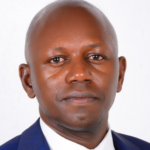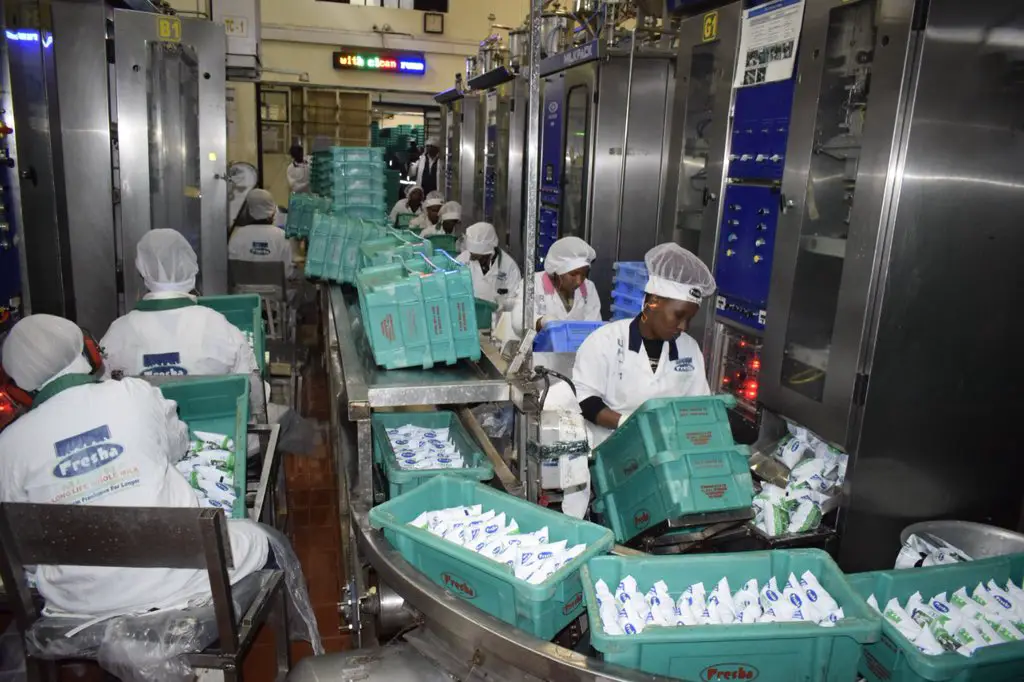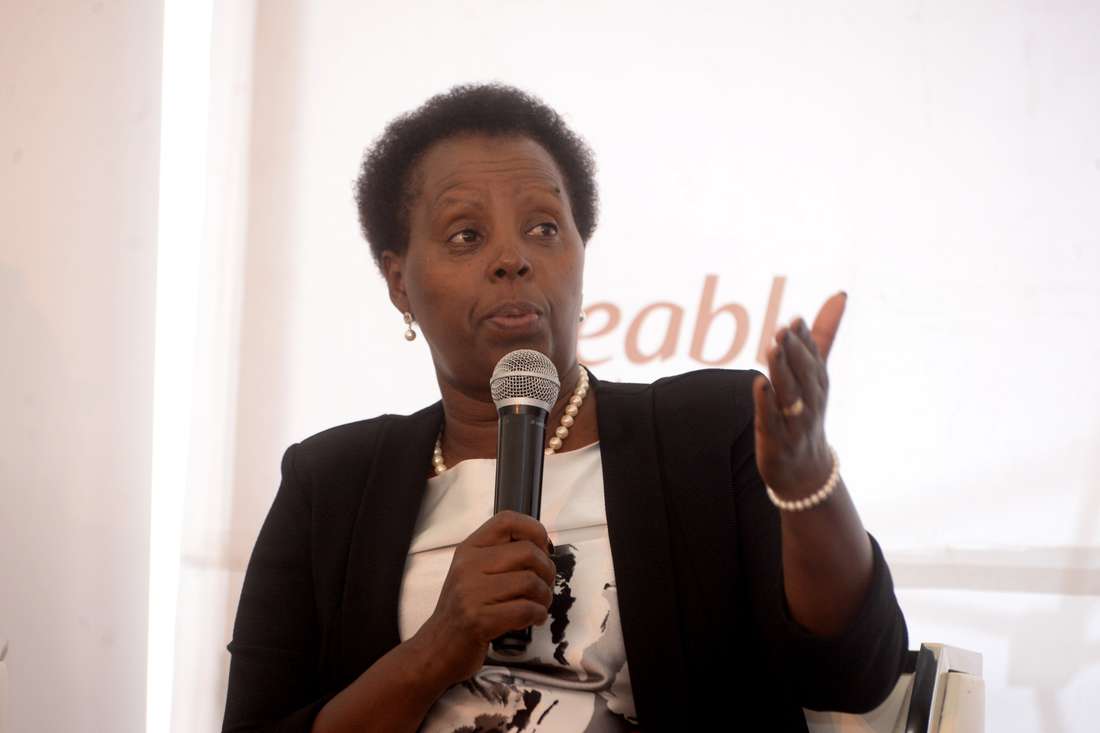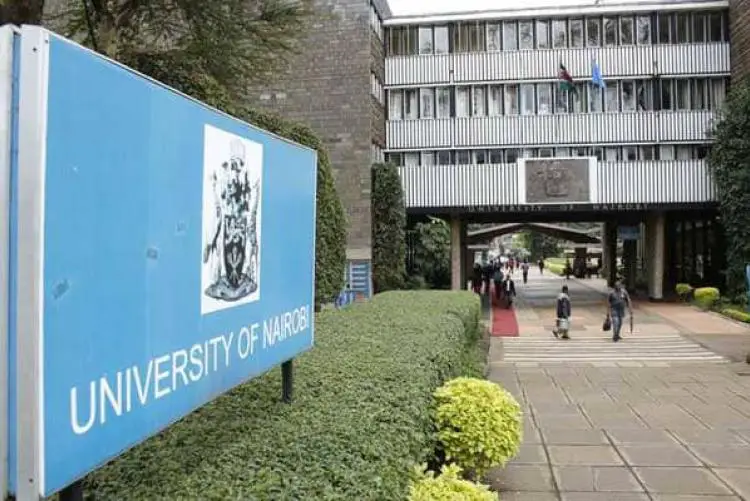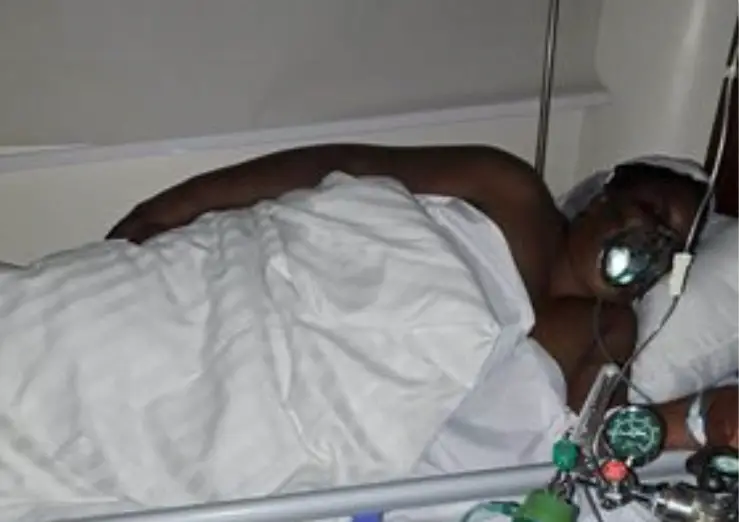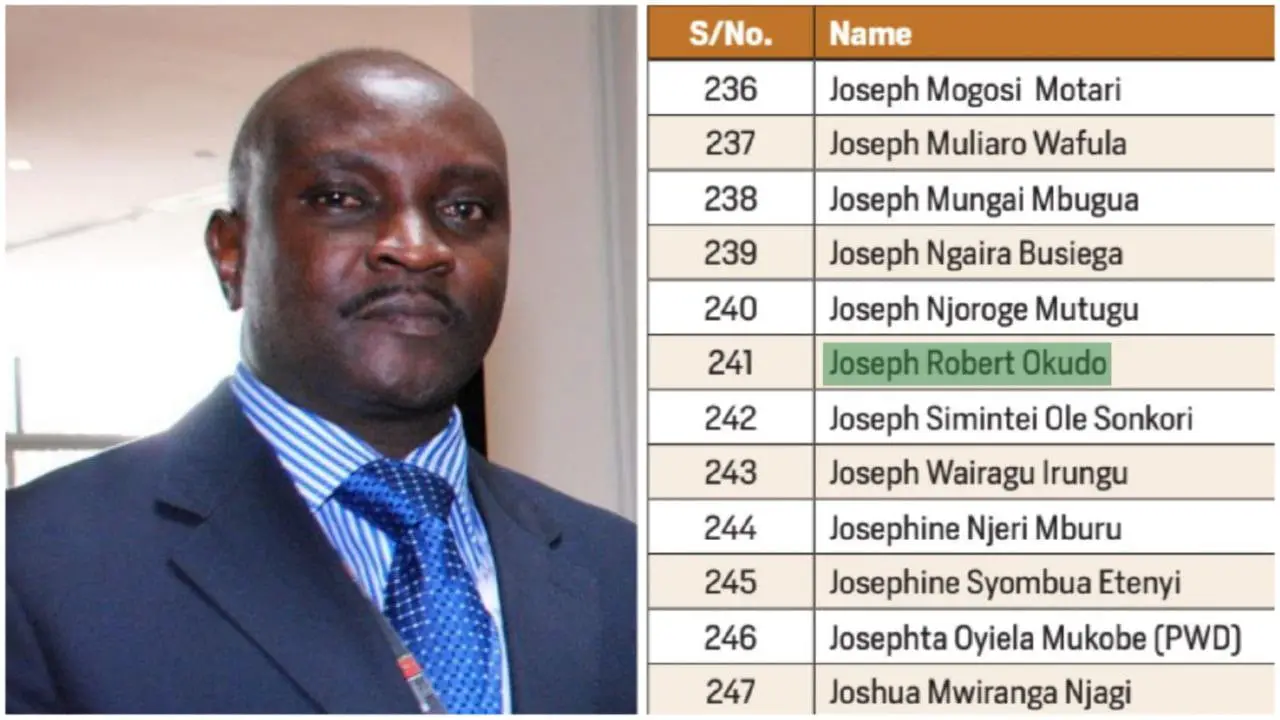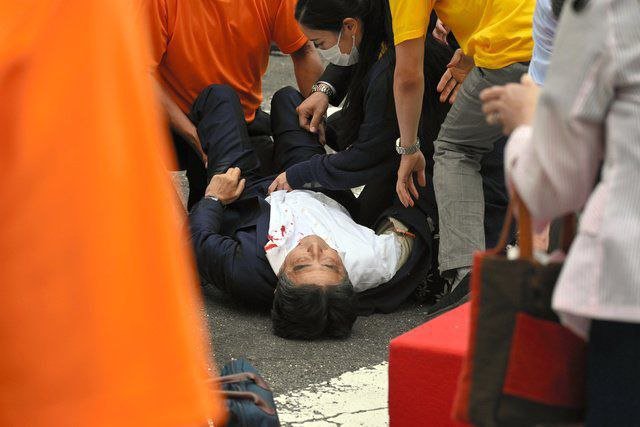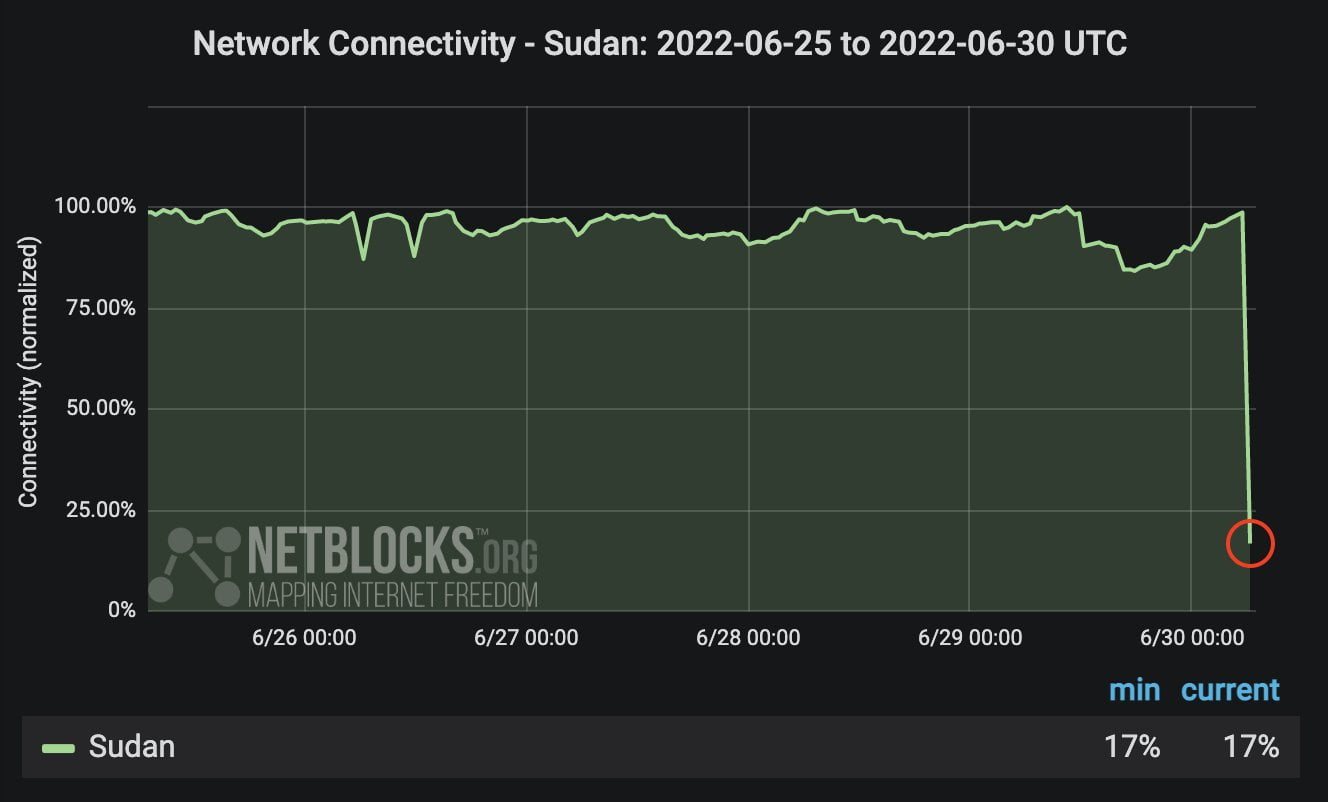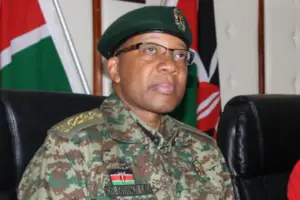[ad_1]
McKenzie touched down at a series of isolated bases, where 500-600 American troops are arrayed, in his first visit to an area of Syria known as the “eastern security zone.” Home to valuable oil facilities, the swath of scrubland and farms became a focus for US operations after a Turkish invasion into northern Syria pushed US troops from bases there.
But even as McKenzie provided assurances that the US military remained intent on battling the Islamic State and mentoring the Syrian Democratic Forces (SDF), he gave no timeline for how long Americans will remain.
“I frankly don’t know how long we’re going to be here,” said McKenzie, who met with US commanders and with General Mazloum Kobane, commander of the SDF, the Kurdish dominated unit that has been the primary American partner in Syria.
“And I have no instructions other than to continue to work with our partner here,” he said, against the Islamic State and protecting oil infrastructure the Trump administration hopes will help fund the SDF’s ongoing security work.
For now, American commanders are hoping to accomplish as much as possible, in further weakening the Islamic State and in transforming the SDF into a sustainable internal security force before larger forces bring about a US withdrawal.
That could include orders from President Donald Trump, who has promised to end America’s counterinsurgency wars and extricate the United States from the Middle East. Twice, he has appeared to order a full withdrawal from Syria and then backed away.
The President has permitted the mission to continue to prevent militants from regaining control of Syrian oil fields, but Pentagon leaders know he could change his mind at any moment.
It might also include what is expected to be an eventual campaign by Syrian President Bashar Assad, who with Russian backing has clawed back many areas of Syria previously under opposition control, to press east into areas now under US and SDF control.
“We’ll be prepared to deal with that as those events develop in the future,” McKenzie said. “Now we’re firmly focused on the lasting defeat of ISIS.”
One of the bases used to co-ordinate that effort is Green Village, an outpost where US troops are housed in former oil industry villas next to a major Syrian oil field. Another base, called Conoco, sits amid massive storage drums, a symbol of the Kurds’ ambitions to gain financial autonomy. The fields under Kurdish control are not working close to full capacity, US officials said.
Loading
The Washington Post, which along with the Associated Press accompanied McKenzie during his trip to Syria, is withholding the names of other American facilities at the request of the US military.
Outside those bases’ barbed-wire and dirt-filled barriers, the Syrian conflict is increasingly complex in ways that could affect US troops and their mission. Officials say that American forces continue to come into proximity, primarily on local highways, to Syrian government and Russian troops who have moved deeper into eastern Syria, but that those encounters have not produced hostilities.
The SDF is now co-ordinating with Russia in some areas that U.S. troops vacated last fall, and the group has also made unsuccessful efforts to strike a deal with the Assad regime that would allow it to retain autonomy as the government seeks to reassert control.
Iran could also attempt further retaliation against the United States via proxy groups or its own military forces in Syria.
Another dynamic that could affect the duration of the American presence is found in Idlib, a province in the north-west where Syrian and Russian forces are conducting a fierce bombing campaign to stamp out a remaining bastion of regime opposition.
US officials anticipate that Assad and Russia may become mired in a lengthy, bloody campaign that could prevent the regime from moving west into areas where the SDF and Americans are present, potentially allowing the United States to continue its campaign against Islamic State remnants for longer.
McKenzie said that Idlib could become a “massive humanitarian tragedy.” He said the area was home to militants and also ordinary Syrians.
“I’m afraid that many innocent people are going to be lost,” he said.
The Washington Post
Most Viewed in World
Loading
[ad_2]
Source link

